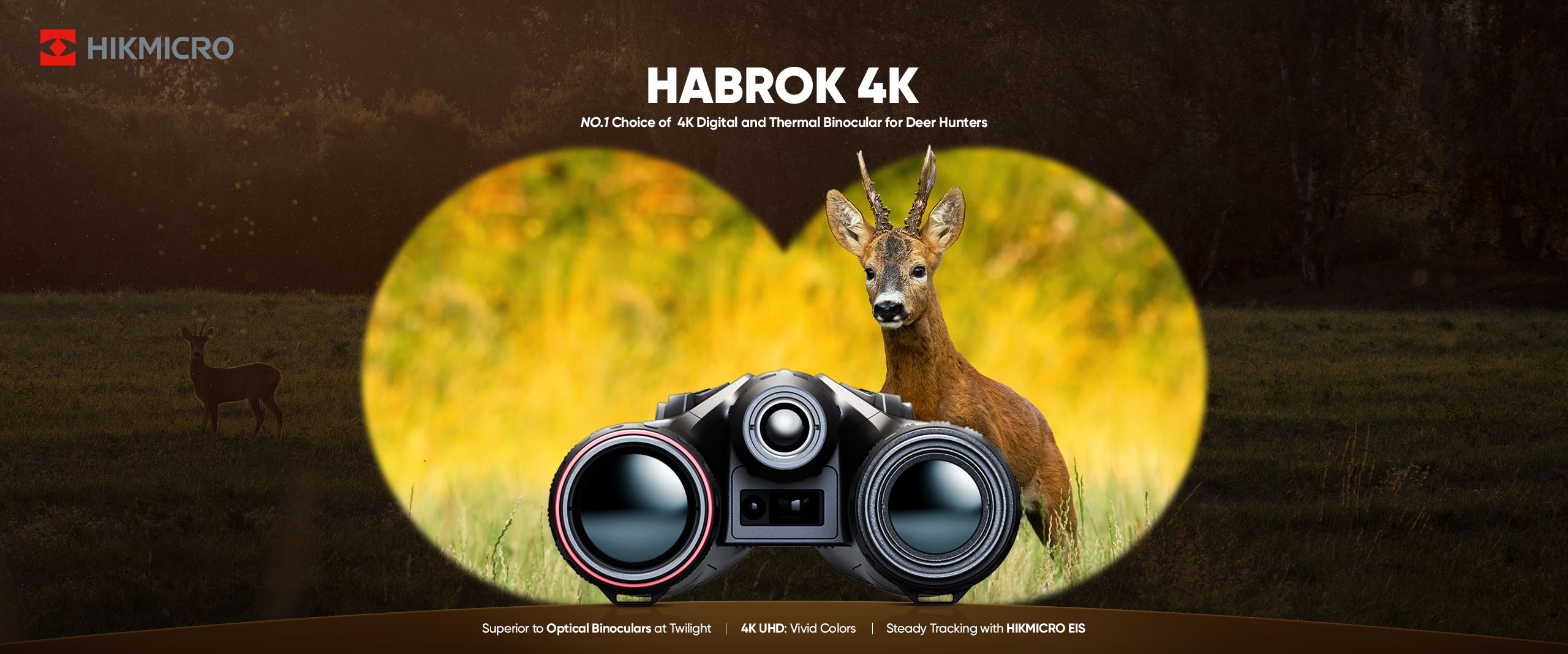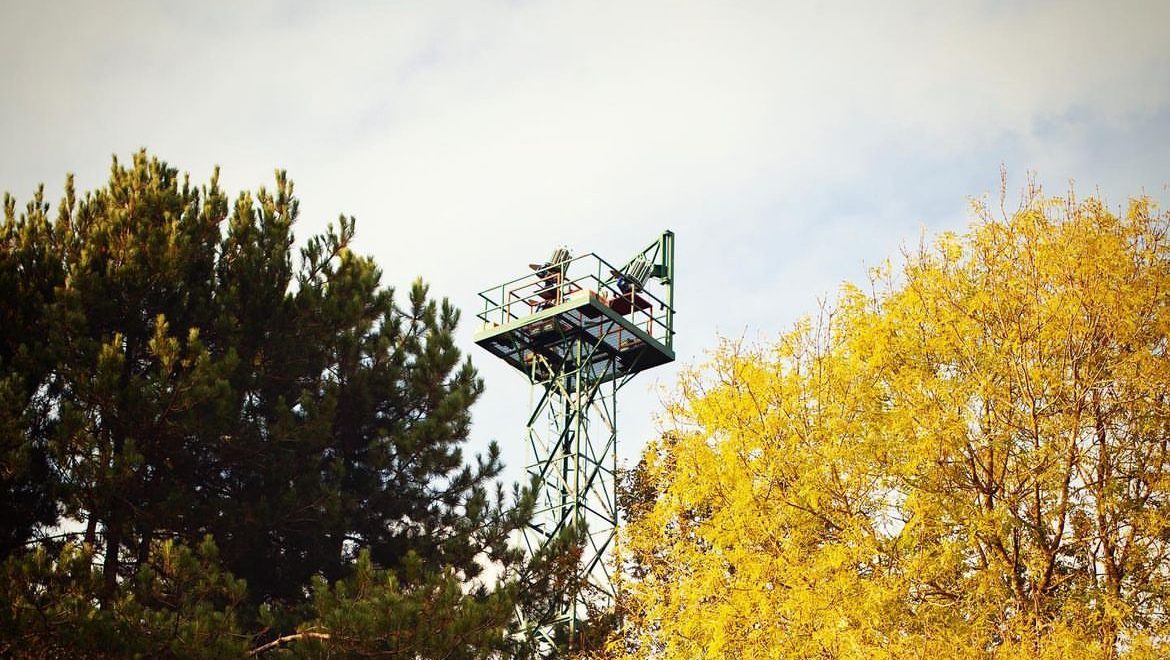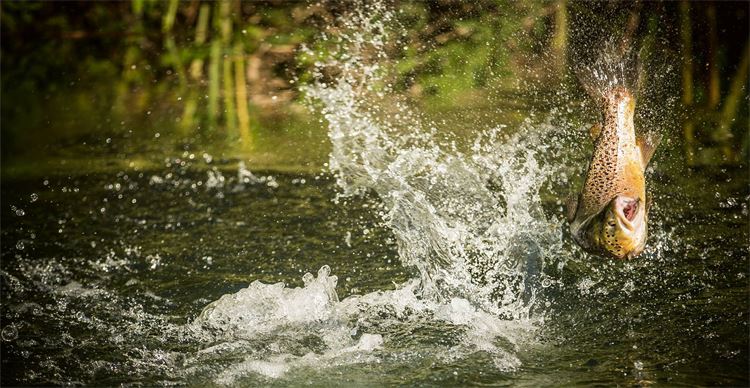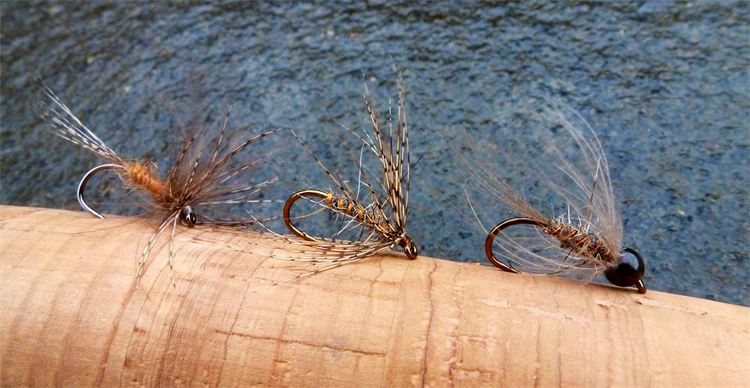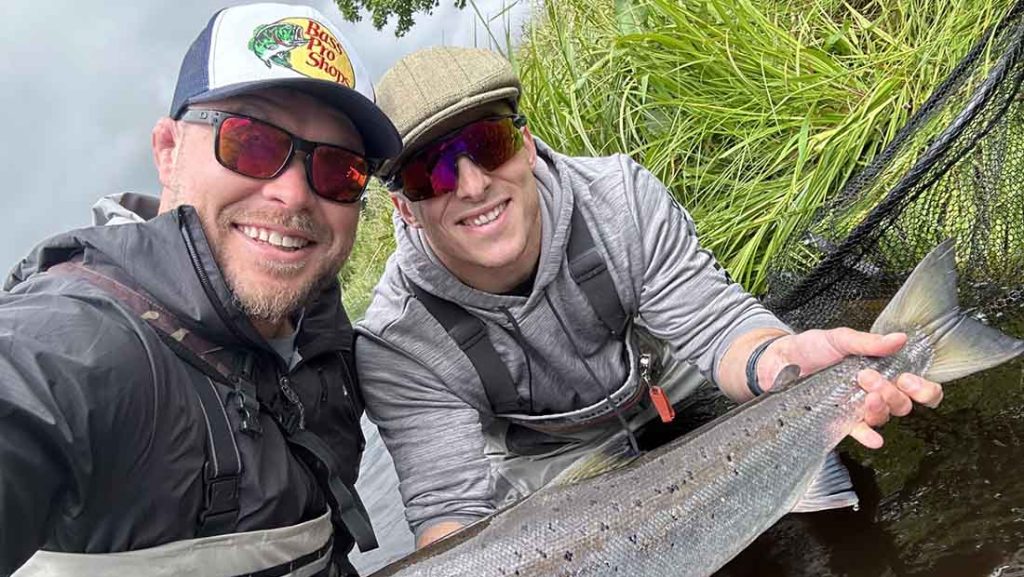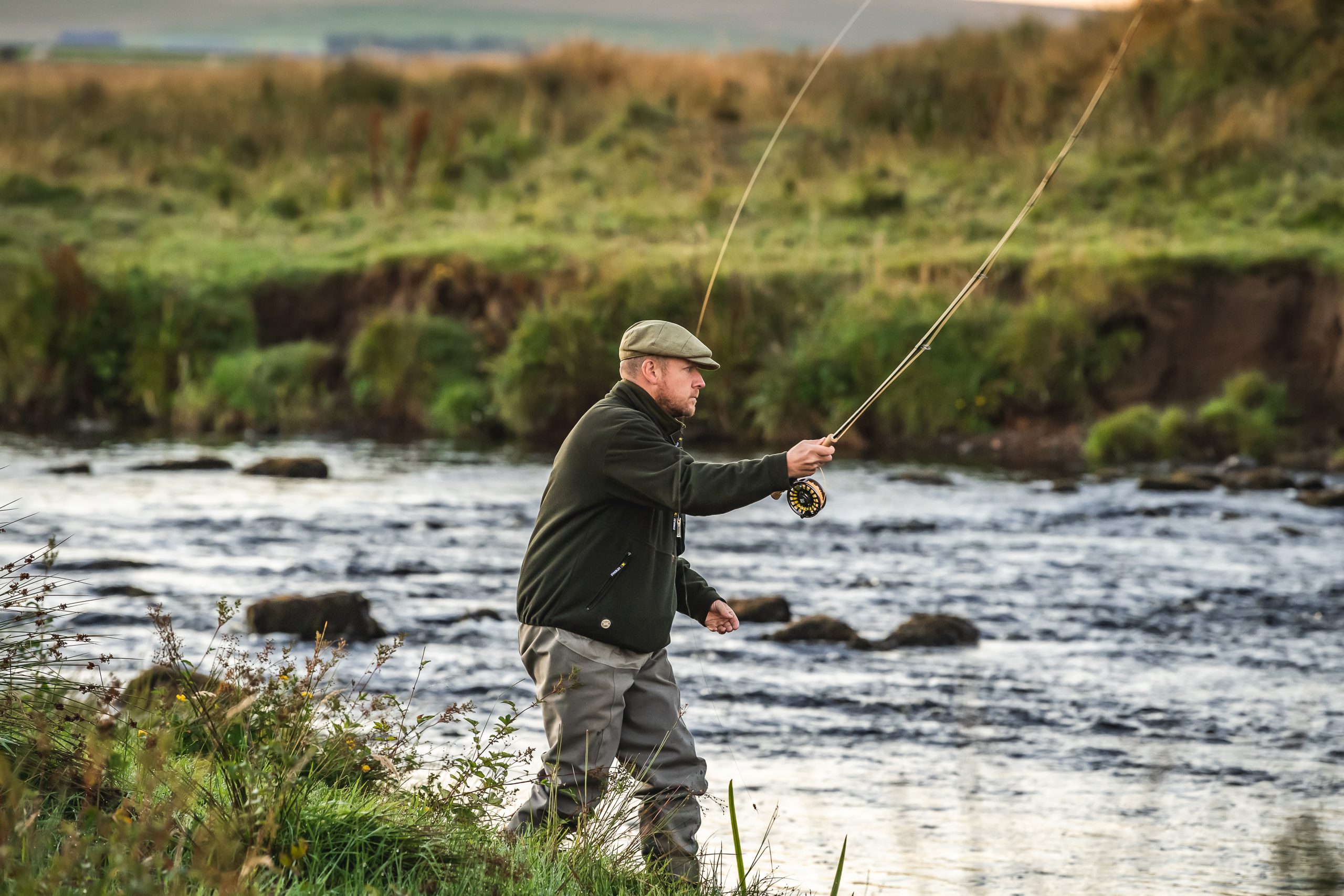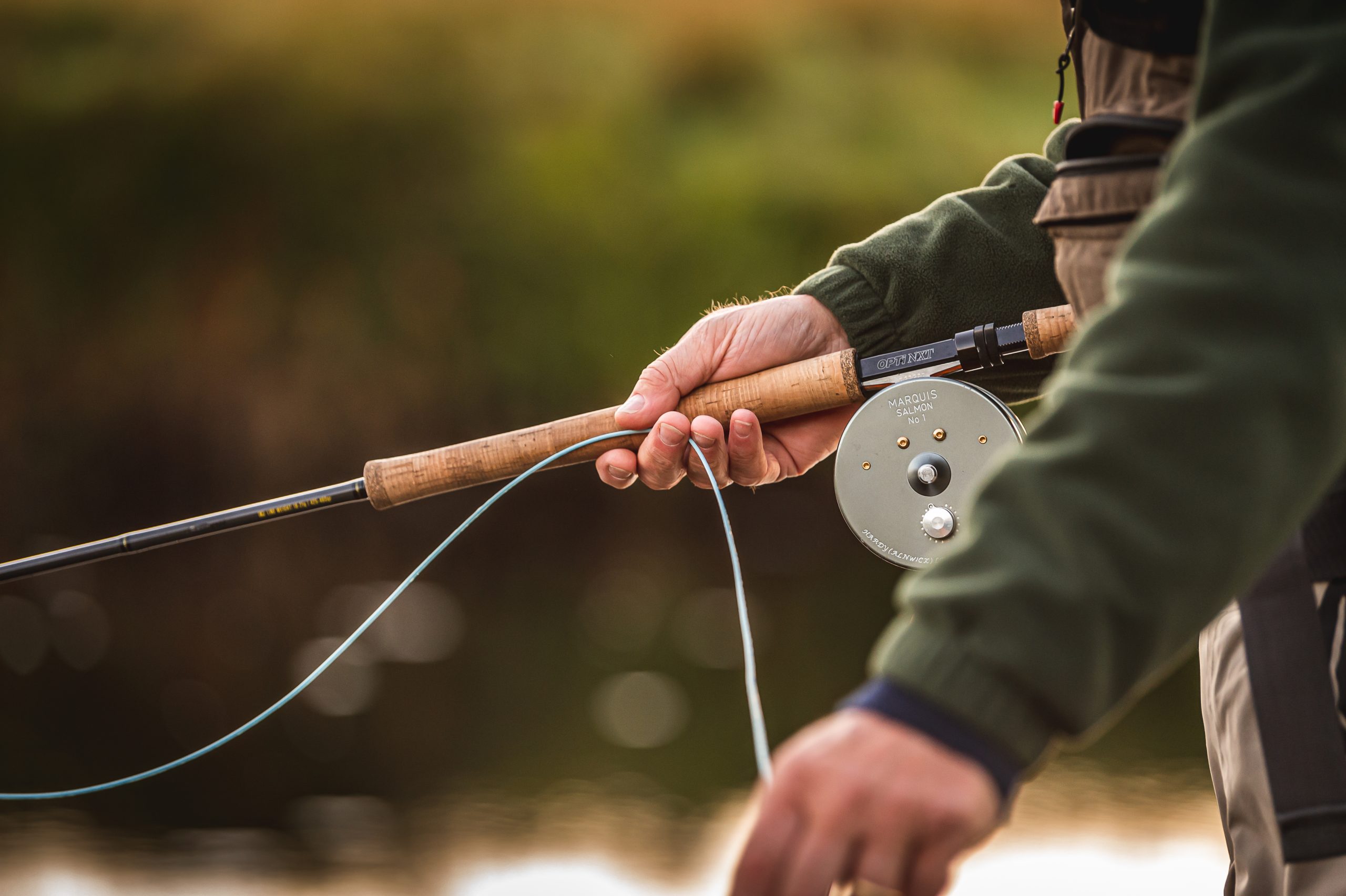Fly fishing
Emerging opportunity
Making the most of early-season hatches.
Would you like to appear on our site? We offer sponsored articles and advertising to put you in front of our readers. Find out more.
March browns (Rhithrogena germanica) have enjoyed an iconic status amongst fly fishers for decades now. Ironically, much of their reputation is based on hearsay as, sadly, they are not as widespread these days, yet this doesn’t prevent those who have never clapped eyes on them from falling under their spell. We’re fortunate up north – many rivers still boast decent populations of this brindle winged-fly, as do many rivers in Scotland and parts of Wales.
What separates March browns from other upwings is their fickle nature. A degree of mystery surrounds their emergence. For example, two consecutive days of identical weather might occur, one will produce flurries of fly life, and the other may pass without incident. Equally, you might experience perfect hatch conditions when March browns fail to show. And then on the most unlikely of days (usually when it’s bright and breezy), flies come streaming off in droves! Such scenarios are typical of March browns, so one never quite knows whether feast or famine will greet them when venturing out!
Before delving into tactics, it’s as well we’re able to make a positive ID of March browns as a couple of other upwings can pass off for them to the untrained eye. Large brook duns (Ecdyonurus torrentis) or the slightly more petite turkey brown (Paraleptophlebia submarginata – an impressive Latin name) – are likely candidates. We can rule out turkey browns immediately, as winged adults have three tail filaments to the March brown’s two.
Determining the difference between March browns and large brook duns is a little more tricky as size and markings are uncannily alike. Do bear in mind the flight period of both these species does overlap, as with turkey browns too. Some claim March browns have a clear patch in the centre of their large forewing. In truth, this has never been obvious to me, making it a sketchy trait on which to convince yourself you’re looking at the genuine article. A more telling characteristic is the small black fleck in the insect’s femur that is most apparent in the middle or forelegs.
March browns have a reputation for hatching off en masse in definite waves. In fact, it’s normal to experience two or three pulses of fly during an afternoon with distinct switch on and off times. Surely a defence strategy on their part, as emerging in a crowd clearly overwhelms predators! Granted there are days when more sustained activity occurs that might see a trickle of flies lasting a good hour or so, but I always set my stall out by expecting brief, intense flurries. It’s vital then to be staking out a favourite pool leading up to prime time, which is usually any time after 11am – though like London buses, duns can keep you waiting come icy weather.
Holding out for surface sport during a chill requires guts and patience. Often the critical hour is closer to 2pm rather than any time before lunch. That said, we’re dealing with nature here where hard or fast rules don’t apply. More than once I’ve strolled down the riverbank at 10am only to find a hatch in full swing. Naturally, warm spring mornings encourage such behaviour, but don’t let murky days deter you – March browns are notorious for hatching in foul weather. It’s hard to imagine any fly prepared to brave such elements, yet these flecked-winged beauties relish harsh conditions. Even when hail or sleet showers peg back temperatures, duns seem content to hatch.
Whilst prolonged hatches are what us fly fishers crave, it’s often the brief spells of activity that excite fish most. Although short-lived, these dense pulses usually have trout looking up in no time. I’ve known a burst last all of five minutes, yet at other times they’ve stretched to nearly half an hour. Either way, being primed is the name of the game here. Having two rods strung up might sound lavish, but it can be a godsend come those short but explosive bouts of hatching fly.
As a dry fly enthusiast, and keen to tempt early season trout using a floating imitation, my main rod will be loaded with a tapered leader of some 14ft and a single dry. The other outfit carries a brace of spiders and nymphs, in the event trout decide to keep their heads down (more on that later). Hopefully, though, fish will be looking up, making the spider rod all but redundant!
In the grand scheme of things, winged adults are what might be considered a fair size. Our imitations then need to be dressed on size 12 and sometimes size 10 hooks. When flies blanket the water, trout tend to take up station just beneath the surface so not to waste energy by repeatedly rising from down deep. Given their reduced window of vision now, with care you can get to within a few rod lengths of feeding fish. Not only does this help with accuracy, but your fly can be delivered closer to the actual rise form, too. I usually lead a rise by some 2–3ft, far enough away so as not to disturb trout with a landing fly line, yet not too far that drag sets in.
Bear in mind a lack of foliage offers little protection from savage spring gales which whistle through nearby bare trees. Flimsy, gossamer-like tippets might be all well and good
when flinging tiny midge patterns to sipping trout on flat water. However, they’re no match for large, air-resistant dry flies. Beefing up your tippet to 4x (5lb) improves turnover significantly and helps prevent twists at the business end.
Few clues are needed to determine if trout are taking fully fledged duns – the unfortunate flies disappear before our very eyes in upwelling rise forms. That said, duns will frequently go unmolested by trout. This usually occurs on blustery days when a stiff breeze not only hardens the emerging fly’s wings but assists them in becoming airborne quickly. Faced with rising trout, it’s easy to overlook these vital clues when we just keep plugging away using our precious dry fly.
Along came a spider
Trout that continue rising yet snub our dry fly are best tackled using spiders. Although unassuming in appearance, north country flies can be absolute mustard when fish have eyes for emerging nymphs or struggling duns. Rather than a team of three, though, two flies on a 10ft leader spaced 4ft apart are what I pin my hopes on, as they’ll loiter in that critical inch for longer.
In its truest sense, fishing spiders involves an upstream approach. However, I often find you’re better off addressing trout square on, almost opposite them. Of course, a lot depends on water depths etc., but now you are able to present soft-hackle wets almost dead-drifted on a slightly tensioned line. Takes usually manifest themselves as a rise form, or your fly line drawing away. As for flies, a slender Hare’s Ear dressing boasting a brown partridge hackle usually does the trick, though an attractive alternative involves one sporting a peacock herl head.
On days when few flies stir, proper nymphing tactics should put you on terms with trout. Squat-like in their appearance, March brown nymphs are well adapted to the faster, turbulent parts of a river. Often referred to as ‘stone clingers’, as you’d expect, their favoured habitat is amongst stones and pebbles, especially close to the head of pools.
Achieving the desirable dumpy shape of natural nymphs can be challenging. Tied short, a simple bead head Hare’s Ear has the required profile. Aside from added weight, a black bead suggests the heavy front end on a nymph. CDC fibres not only help this illusion, but they provide added movement. In all, this quick to tie pattern makes a great point fly for either upstream nymphing or as an anchorman when adopting the New Zealand-style dropper.
Ideally, look for runs and pools containing a decent push of water that is thigh-depth or shallower. Trout holding in such spots do so for one reason alone – to feed. Why else subject yourself to nature’s forceful hand? Whilst March brown nymphs might not actually be active everyday, trout will be all too familiar with them from previous hatches perhaps earlier that week!
In quicker flows, fish have little time to deliberate over whether to take a fly or not, so generally they pounce on your efforts first or second pass. Given that, only a couple of casts are made to the same spot before moving on. This way you’re constantly exploring new water, which in essence is what nymph fishing is about.
I’m happiest casting all of three rod lengths as managing fly line and flies becomes less of a chore as they drift back towards me. Equally, detecting takes is that bit easier. Really fast flows are best dealt with by shorter casts of a rod length and a half (Czech nymph style). Now with only your leader piercing the surface, your nymph(s) will plunge much deeper. Remember to angle your rod tip a few feet above the water, holding any fly line clear of surface currents as line trapped here merely prevents flies from reaching the depths.
At such close quarters, takes can vary from an arm-wrenching pull to the faintest of plucks, or even the line hesitating momentarily. It goes without saying, keep your gaze firmly fixed on where your leader enters the water and tighten on absolutely anything that might suggest a trout has grabbed hold.
For those lacking confidence using a full-blown nymph rig, there’s a compromise to be had by way of the New Zealand-style dropper which involves suspending a nymph on 2–3ft of monofilament beneath a dry fly. In many respects, you have the best of both worlds now. Admittedly, your nymph might not scour the inky depths, but not only will your dry fly act as a sighter when nymphing, the number of fish which come out of the blue to snaffle a surface imitation is surprising!
FLIES TO TRY
March Brown Jingler
Hook: Partridge SLD2 size 12
Thread: Tan 12/0 Semperfli nano silk
Rib: Semperfli vintage orange pure silk
Tail: Coq-de-Leon
Body: Oppossum dubbing
Hackle: 3 wraps of partridge hackle in front of CDC fibres
In the appropriate size and colour a Jingler works extremely well when trout favour duns. Aside from providing the all important ‘buzz’, the hackle tips and tailing fibres allow the fly to almost teeter, which I’m convinced is a trigger, especially in faster water where newly emerged duns flutter prior to lift off.
March Brown Spider
Hook: Partridge dry fly supreme size 12
Thread: Pearsall’s gossamer brown silk
Rib: Semperfli vintage orange pure silk
Body: Hare/grey squirrel dubbing
Hackle: Brown partridge
I prefer long hackles on my spider dressings as they’re bound to pulsate more than short, stubby versions. A brace of these will come to your rescue when trout are seemingly nabbing flies in that critical inch!
Bead Head Hare’s Ear
Hook: Partridge dry fly supreme size 12
Thread: Brown 6/0 Semperfli nano silk
Underbody: Lead wire
Rib: Copper wire
Tail & Legs: CDC fibres
Body: Hare’s fur dubbing
Head: 3mm/3.3mm black tungsten bead
Not an exact imitation I grant you, but more than adequate when searching out trout with a fondness for March brown nymphs. A tungsten bead coupled with lead wire makes for a weighty bug that’s handy when tackling fast water.
Related articles
Fly fishing
On a spey quest
Avid fly angler and photographer Rasmus Ovesen embarks on his first ever trip to Greenland and loses his bubbling spey heart to the Kangia river
By Time Well Spent
Get the latest news delivered direct to your door
Subscribe to Fieldsports Journal
Elevate your experience in the field with a subscription to Fieldsports Journal, the premium publication for passionate country sports enthusiasts. This bi-monthly journal delivers unparalleled coverage of game shooting, fishing and big game across the UK and beyond.
Each issue offers a stunning collection of in-depth features, expert opinions and world-class photography, all presented in a timeless yet contemporary design. By subscribing, you’ll gain access to authoritative content from plain-speaking writers who tackle complex subjects with confidence and experience.
Plus, UK subscribers enjoy exclusive benefits including £2 million Public Liability Insurance for recreational and professional use of shotguns, rifles and airguns. Whether you’re a seasoned shooter or an intrigued novice, a Fieldsports Journal subscription is your gateway to enhancing your field sports endeavors and staying connected to the country way of life.


Manage Consent
To provide the best experiences, we use technologies like cookies to store and/or access device information. Consenting to these technologies will allow us to process data such as browsing behavior or unique IDs on this site. Not consenting or withdrawing consent, may adversely affect certain features and functions.
Functional Always active
The technical storage or access is strictly necessary for the legitimate purpose of enabling the use of a specific service explicitly requested by the subscriber or user, or for the sole purpose of carrying out the transmission of a communication over an electronic communications network.
Preferences
The technical storage or access is necessary for the legitimate purpose of storing preferences that are not requested by the subscriber or user.
Statistics
The technical storage or access that is used exclusively for statistical purposes.
The technical storage or access that is used exclusively for anonymous statistical purposes. Without a subpoena, voluntary compliance on the part of your Internet Service Provider, or additional records from a third party, information stored or retrieved for this purpose alone cannot usually be used to identify you.
Marketing
The technical storage or access is required to create user profiles to send advertising, or to track the user on a website or across several websites for similar marketing purposes.

